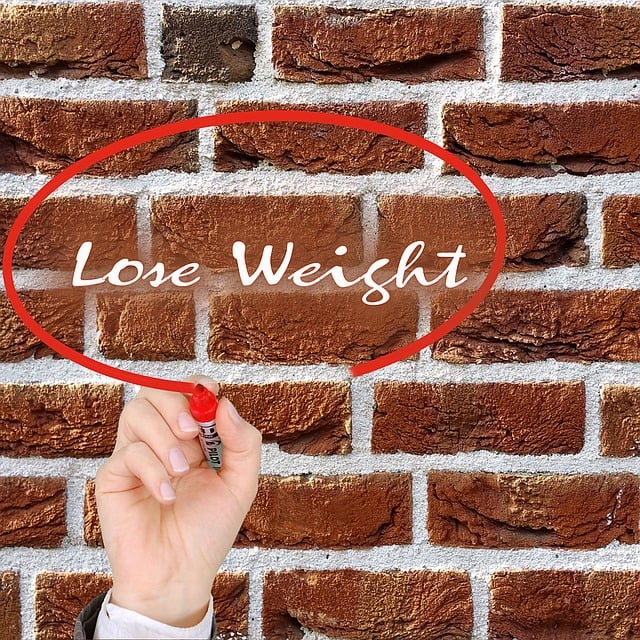In real estate, Private Mortgage Insurance (PMI) is a common requirement for borrowers putting down less than 20%. While it adds to monthly costs, understanding PMI's impact on financial outlooks is crucial. Borrowers can eventually cancel PMI as they pay down their loan and increase equity. The optimal time to drop PMI is when the principal balance reaches 78% or more of the original loan amount. Homeowners should notify their lender, provide proof of the updated loan-to-value ratio, and maintain timely compliance to avoid unnecessary costs. This strategic move saves money and increases equity in the real estate market.
“Unwind the necessity of Private Mortgage Insurance (PMI) and its impact on the real estate landscape. This comprehensive guide delves into the intricate world of PMI, offering insights for both current homeowners and aspiring buyers. Learn when and how to terminate PMI coverage effectively, especially if you’ve reached the milestone of paying off 20% of your initial loan. We provide a step-by-step strategy to remove PMI from your loan, empowering you with knowledge in the dynamic real estate market.”
Understanding Private Mortgage Insurance (PMI) in Real Estate

In the world of real estate, Private Mortgage Insurance (PMI) is a common requirement for borrowers who purchase homes with a down payment of less than 20% of the property’s value. PMI protects lenders from potential losses if a borrower defaults on their mortgage. It’s essentially an additional cost built into the monthly mortgage payment that many homeowners often overlook. However, understanding PMI is crucial as it can significantly impact a homeowner’s financial outlook, especially when planning to sell their property or reach certain milestones in their loan repayment journey.
PMI coverage is designed to safeguard lenders, offering them peace of mind knowing they are not at full risk should a borrower default. For homeowners, however, it means paying an extra premium on top of their mortgage payment. This cost can vary based on factors like the size of the down payment, credit score, and property location. As borrowers pay down their loan balance and equity increases, they may qualify to cancel PMI, saving them hundreds or even thousands of dollars annually in some cases. This is particularly relevant in the real estate market where many first-time buyers start their homeownership journey with PMI and later look for ways to remove it as their financial position improves.
When and How to End PMI Coverage: Eligibility Criteria

When to End PMI Coverage:
Many homeowners wonder when they can drop private mortgage insurance (PMI) on their real estate investments. The good news is that eligibility criteria allow for this removal once certain conditions are met. Typically, you can terminate PMI coverage when you’ve paid down your principal balance to 78% of the original loan amount or more. This significant milestone reduces the risk perceived by lenders, making PMI obsolete. It’s a common misconception that selling your home triggers PMI elimination; however, it’s the loan-to-value ratio (LTV) that matters most.
How to End PMI:
To end PMI coverage, you’ll need to inform your lender of your intention and provide proof of your updated LTV ratio. This process involves submitting a request along with any required documentation, such as an appraisal or a pay-off letter. Once approved, your lender will remove PMI from your loan, saving you the extra cost associated with this insurance. Remember, timing is crucial; ensuring you meet the eligibility criteria before initiating the termination process can help you avoid unnecessary expenses on your real estate journey.
Tips for Removing PMI from Your Loan: A Step-by-Step Guide

Removing Private Mortgage Insurance (PMI) from your loan is a significant milestone, especially if you’re a homeowner looking to save money and increase your equity. Here’s a step-by-step guide to help you navigate this process in the real estate market. Firstly, assess your mortgage and ensure you’ve made a substantial down payment—typically 20% of the property’s purchase price—to qualify for removing PMI. This is a crucial threshold that many lenders require.
Once you’ve reached this point, contact your lender to initiate the PMI removal process. They’ll ask for specific documentation, such as proof of your mortgage payment history and the current value of your property, which can be determined through a new appraisal. It’s important to stay on top of these requirements and respond promptly to any requests from your lender. By following these steps, you’re well on your way to becoming PMI-free and enjoying the financial benefits that come with it.






